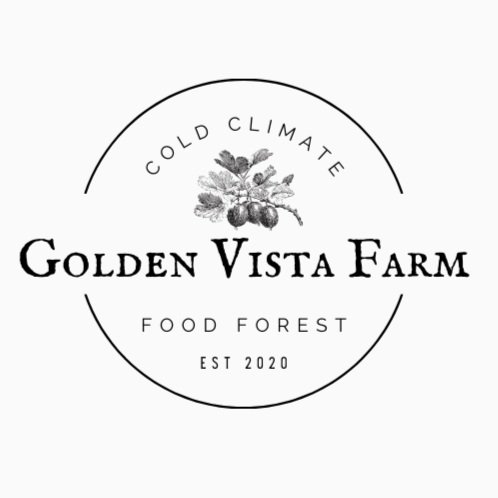Layers of a Food Forest
Let’s talk about the various layers of a food forest. There’s a whole lot that goes into growing a food forest but at its core it is simply a style of gardening that attempts to replicate that of a natural forest. A healthy thriving forest out in nature has many layers to it. Let’s take a look at them and then bring that concept into our garden. We’ll start at the top and work our way down.
Layer 1) Canopy
When I think of the canopy layer I envision the rainforest. With its gigantic trees towering above all the other plants as a protective cover. Giving some shade while also allowing filtered light through and offering protection. In a food forest setting this could be your larger fruit or nut trees.
Layer 2) Sub-Canopy
The sub-canopy is the layer just under the canopy–shorter trees and possibly tall shrubs or bushes. Think of dwarf fruit trees, semi-dwarf trees, etc. In all reality the canopy and sub-canopy trees can be interchangeable depending on which trees you’re using. We don’t necessarily differentiate between the two layers in our food forest.
Layer 3) Shrubs
Under the sub-canopy we have the shrub layer. The bushes in the shrub layer are ones that do not completely die back in the winter but keep their basic structure from their branches. Berry bushes are a big part of the shrub layer. One of the tastiest layers in my opinion!
Layer 4) Herbaceous
The herbaceous layer is possibly the most diverse with potentially the most amount of plants. The plants in the herbaceous layer completely die back before winter but re-grow in spring. This layer contains all different types of flowering and edible plants. This layer is probably the most important layer for your pollinators. Be sure and have something flowering at all times in this layer.
Layer 5) Ground Cover
Underneath the herbaceous layer you find the low growing ground cover. Any plants that like to spread and sprawl work great here. Nature does not like the earth to be exposed, which is why this layer should not be overlooked. Shading the soil helps keep all the living organisms active and healthy. Strawberries and thyme are two delicious options.
Layer 6) Roots
The root layer consists of edible tubers/roots that are generally perennial in your area. So instead of potatoes think prairie onion, Jerusalem artichoke, etc. If done right this layer can be very beneficial but use caution so you are not digging up tubers to eat and disturbing the roots of your fruit trees.
Layer 7) Vines
The vine layer consists of the plants that need a support system such as a tree from the canopy layer to climb up. Think grapes or hardy kiwi. In some areas this layer may contain some aggressive growers so be sure and research which varieties are not invasive.
Layer 8) Mycelial/Fungal
Most sources will tell you there are 7 layers in a food forest. But do not forget about the fungal layer! Your food forest will truly thrive when you have living soil with a vast variety of microbes and fungi growing. The best way I know how to include this layer is focusing on building soil health and the fungi will come!
That’s a brief and easy overview of the food forest layers! If you’re curious about the plants we have growing in the various layers I will be sharing a post soon about everything we currently have.














